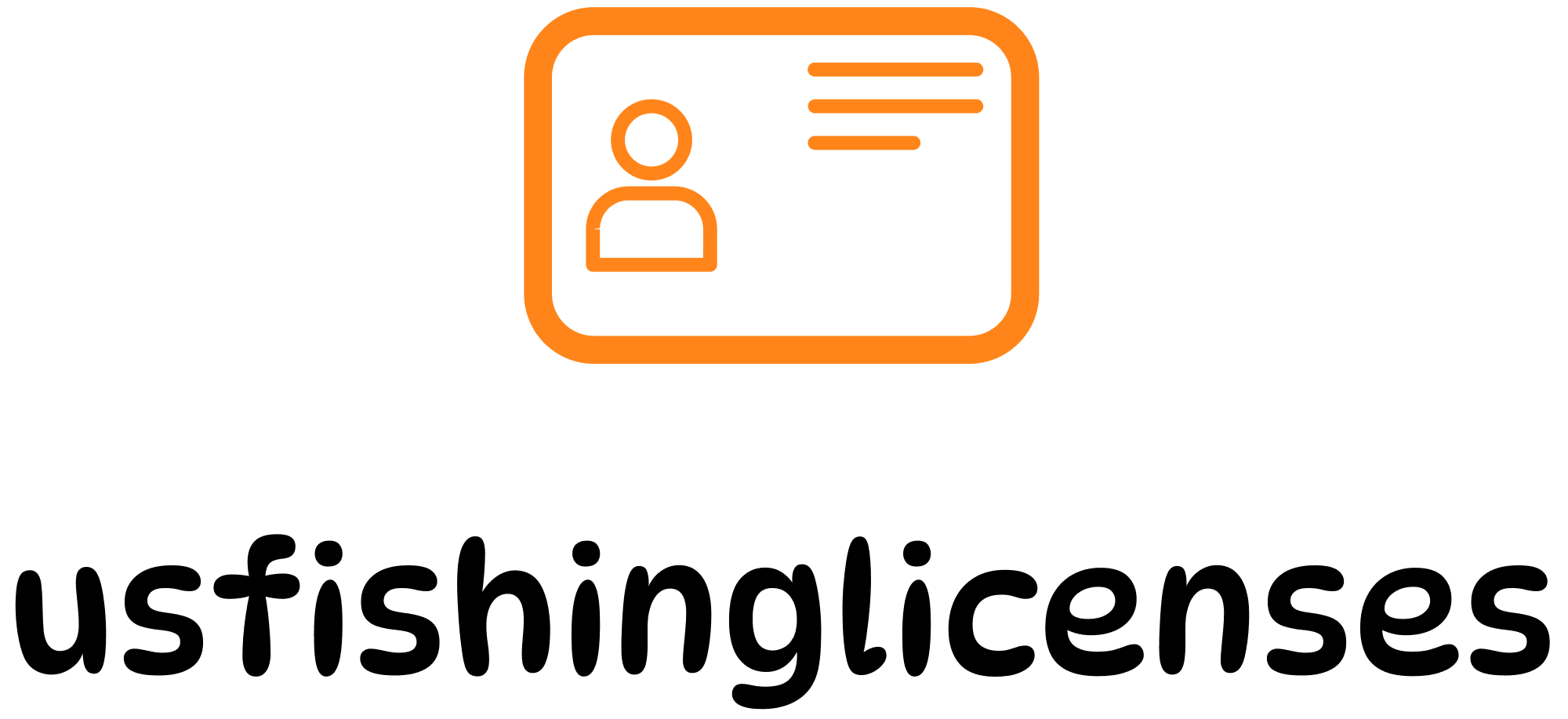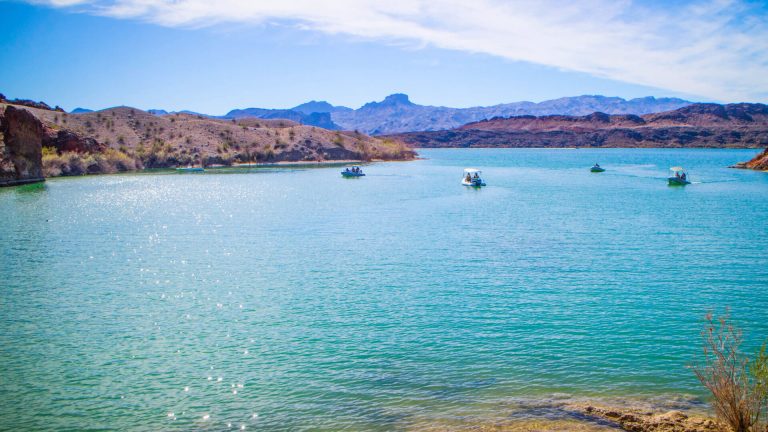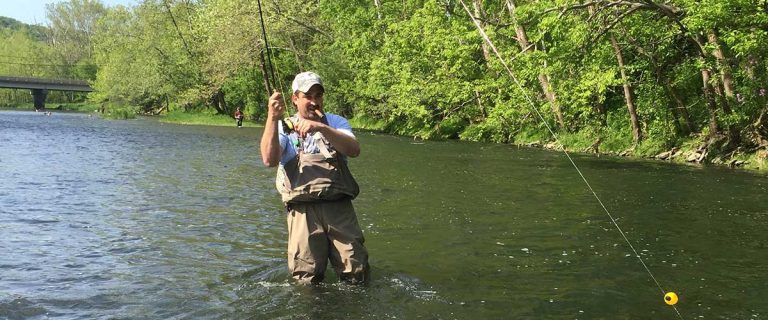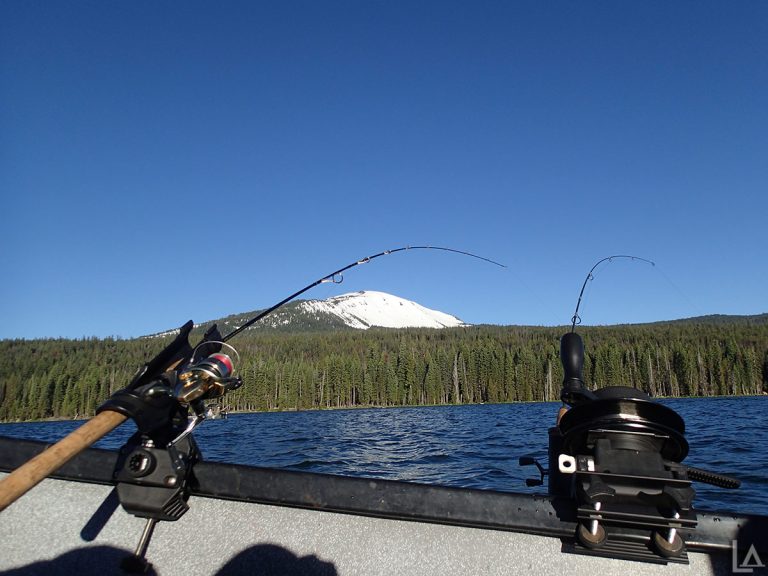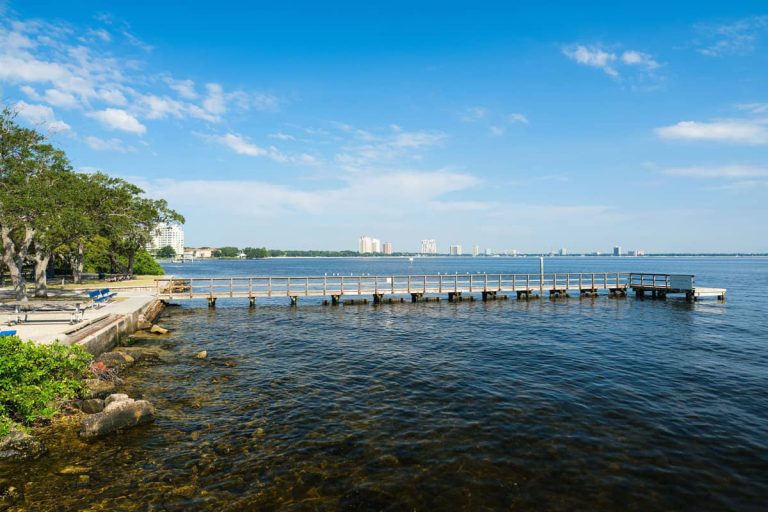The Missouri River forms the lifeblood of South Dakota’s water resources, creating a complex web of reservoirs, tributaries, and boundary waters that cross multiple state lines. For anglers and boaters, navigating the interstate licensing requirements on this vital waterway presents unique challenges that demand careful attention. Understanding when you need licenses from neighboring states—and when reciprocity agreements apply—can mean the difference between a worry-free fishing experience and potential legal complications.
Missouri River Geography and Jurisdictional Overview
The Missouri River flows through South Dakota, creating natural boundaries with Nebraska to the south and North Dakota to the north, while also impacting waterways connected to Iowa. This geographic reality creates a patchwork of jurisdictional zones requiring different licensing considerations.
Four major reservoirs dominate South Dakota’s portion of the Missouri River:
- Lake Oahe
- Lake Sharpe
- Lake Francis Case
- Lewis and Clark Lake
Each reservoir operates under specific regulations that may differ from the main river channel, particularly regarding interstate boundaries and tribal jurisdictions.
Economic and Recreational Significance
The Missouri River system represents South Dakota’s most valuable aquatic resource, generating an estimated $8.14 million annual economic impact from fishing activities alone. According to South Dakota Game, Fish and Parks Department (SDGFP) statistics, approximately 40% of all angling hours in the state occur on Missouri River waters.
Interstate Fishing License Requirements
The most common question among users searching for information on this topic is: “Do I need multiple state licenses to fish the Missouri River?” The answer depends on several factors, including your specific location on the river, the type of fishing activity, and existing reciprocity agreements.
Basic License Jurisdiction Principles
When fishing boundary waters of the Missouri River, the following general principles apply:
- You must possess a valid fishing license from the state in which you are physically located (the shoreline, dock, or boat ramp you’re using).
- When fishing from a boat, you need a license from the state in which the boat is registered OR where you launched from, unless specific reciprocity agreements exist.
- Special regulations apply to tribal waters that intersect with the Missouri River system.
For the most current and detailed regulations, always check with the South Dakota Game, Fish and Parks before your trip.
State-by-State Reciprocity Analysis
South Dakota maintains various reciprocity agreements with neighboring states that share Missouri River waters. These agreements can significantly simplify compliance for recreational users.
Table 1: South Dakota-Nebraska Reciprocity Agreement
| Water Body | SD License | NE License | Special Provisions |
|---|---|---|---|
| Lewis & Clark Lake | Valid for entire reservoir | Valid for entire reservoir | One daily limit regardless of license(s) held |
| Missouri River (Gavins Point Dam to Big Sioux River) | Valid on river portions only | Valid on river portions only | Must adhere to regulations of state whose license you hold |
| Niobrara River | No reciprocity | No reciprocity | Need license for state where fishing |
South Dakota and Nebraska offer the most comprehensive reciprocity on the Missouri River system. When fishing Lewis and Clark Lake or the Missouri River from Gavins Point Dam to the Big Sioux River confluence, anglers can fish the entire water body with either state’s license. However, you must follow the regulations of the state whose license you’re using.
For more information on Nebraska fishing requirements, visit US Fishing Licenses Nebraska guide.
Table 2: South Dakota-North Dakota Reciprocity Agreement
| Water Body | SD License | ND License | Special Provisions |
|---|---|---|---|
| Lake Oahe | Valid on entire reservoir | Valid on entire reservoir | Must follow regulations of state whose license you hold |
| Missouri River (Oahe Dam to SD/ND border) | Limited reciprocity | Limited reciprocity | Special restrictions apply to certain species |
The South Dakota-North Dakota agreement covers Lake Oahe with full reciprocity but contains more restrictions for other portions of the Missouri River. Anglers should review the specific North Dakota Game and Fish Department regulations for boundary waters when planning trips that cross the state line.
For additional information on Missouri fishing licenses (relevant for southeastern South Dakota anglers), check US Fishing Licenses Missouri guide.
Tribal Jurisdiction and License Requirements
The Missouri River in South Dakota flows through or borders several tribal reservations, creating additional jurisdictional considerations that anglers must navigate.
Major Tribal Jurisdictions on the Missouri River
- Standing Rock Reservation: Borders Lake Oahe
- Cheyenne River Reservation: Includes portions of Lake Oahe
- Lower Brule Reservation: Borders Lake Sharpe
- Crow Creek Reservation: Borders Lake Francis Case
- Yankton Sioux Reservation: Includes portions of Lewis & Clark Lake
When fishing waters that fall under tribal jurisdiction, state fishing licenses may not be sufficient. Many tribes require their own fishing permits for non-tribal members, even if you already possess a South Dakota license.
Yankton Sioux Tribe-State Jurisdictional Considerations
The Yankton Sioux jurisdiction presents particularly complex considerations following the Supreme Court case South Dakota v. Yankton Sioux Tribe (1998), which established that certain areas around the Missouri River remain under tribal jurisdiction. Anglers in this area should contact the Yankton Sioux Tribe Fish and Wildlife Department for current licensing requirements.
Commercial vs. Recreational Licensing
Commercial operators on South Dakota’s Missouri River system face more stringent licensing requirements than recreational users.
Commercial Licensing Requirements
Commercial operators must obtain:
- Commercial fishing licenses from SDGFP
- U.S. Army Corps of Engineers (USACE) permits for certain activities
- Special endorsements for guide services or fishing tournaments
- Potentially multiple state licenses if operating across state lines
For commercial guides, South Dakota requires a state-issued guide license, which is separate from a fishing license. Commercial operators should also verify requirements with the US Army Corps of Engineers Omaha District, which manages Missouri River reservoirs.
Water Rights and Usage Considerations
Beyond fishing licenses, water usage from the Missouri River system involves complex interstate agreements and legal frameworks.
South Dakota Water Rights Framework
South Dakota water law follows the prior appropriation doctrine (“first in time, first in right”) codified in SDCL 46-1-1. According to the South Dakota Department of Agriculture and Natural Resources (DANR), the state currently utilizes only about 5% of its allocated Missouri River water rights, with significant untapped potential for development.
For projects involving significant water usage from the Missouri River, permits must be obtained through the SD DANR Water Rights Program.
Practical Compliance Guide
For recreational anglers and boaters seeking to remain compliant while enjoying South Dakota’s Missouri River system, follow these practical steps:
- Determine your primary location: Identify which states’ waters you’ll be accessing.
- Check reciprocity agreements: Verify current agreements between relevant states using official state wildlife agency websites.
- Purchase appropriate licenses: Obtain licenses from required states before your trip.
- Verify tribal requirements: Contact tribal authorities if fishing waters under tribal jurisdiction.
- Carry physical or digital proof: Ensure you have valid license documentation accessible during your activities.
- Follow the stricter regulations: When fishing with reciprocity agreements, generally follow the stricter regulations between relevant states.
For complete fishing regulations applicable to specific portions of the Missouri River, consult the South Dakota Fishing Handbook.
Common Questions and Answers
Q: If I have a South Dakota fishing license, can I fish anywhere on the Missouri River?
A: No. You need to consider state boundaries and reciprocity agreements. For example, you can fish the entire Lewis & Clark Lake with a South Dakota license due to reciprocity with Nebraska, but other sections may require additional licenses.
Q: Do I need a tribal fishing license even if I have a state license?
A: Yes, when fishing waters under tribal jurisdiction, you typically need the appropriate tribal fishing permit in addition to any state license. Always check with specific tribal authorities for current requirements.
Q: How are the regulations enforced on boundary waters?
A: Game wardens from both states and tribal conservation officers patrol boundary waters. They coordinate enforcement efforts but operate under their respective jurisdictions’ authorities. Penalties for violations can include fines, license revocation, and even confiscation of equipment.
Q: Can I transport fish caught in one state across state lines?
A: Generally yes, provided:
- The fish were legally caught
- You remain within possession limits
- You comply with any special transportation regulations
- You have proper documentation of where the fish were caught
Planning Your Missouri River Fishing Trip
When preparing for a fishing expedition on South Dakota’s Missouri River system, consider these practical planning tips:
Best Fishing Locations With Clear Jurisdictions
- Lake Oahe (North Dam Area): Entirely within South Dakota; single-state licensing.
- Lewis & Clark Lake Main Basin: Covered by SD-NE reciprocity agreement; either license works.
- Lake Francis Case: Primarily within South Dakota; minimal interstate considerations.
Locations Requiring Special Attention
- Niobrara River Confluence: No reciprocity between states; requires careful attention to boundaries.
- Yankton Sioux Reservation Waters: May require tribal permits in addition to state licenses.
- North Dakota Border Areas: Check specific reciprocity provisions for targeted species.
For additional information on fishing opportunities in neighboring states, visit the US Fishing Licenses guides for Missouri, Nebraska, or Iowa.
Conclusion
Navigating the interstate license considerations on South Dakota’s Missouri River system requires understanding the complex interplay of state boundaries, tribal jurisdictions, and reciprocity agreements. By familiarizing yourself with the specific requirements for your fishing locations and activities, you can ensure full compliance while enjoying some of the midwest’s premier fishing opportunities.
The most important takeaway is to research before you go. Regulations can change annually, and special provisions may apply to specific sections of the river or reservoirs. By consulting official state wildlife agency websites and keeping appropriate licenses on hand, you can focus on the fishing experience rather than regulatory concerns.
